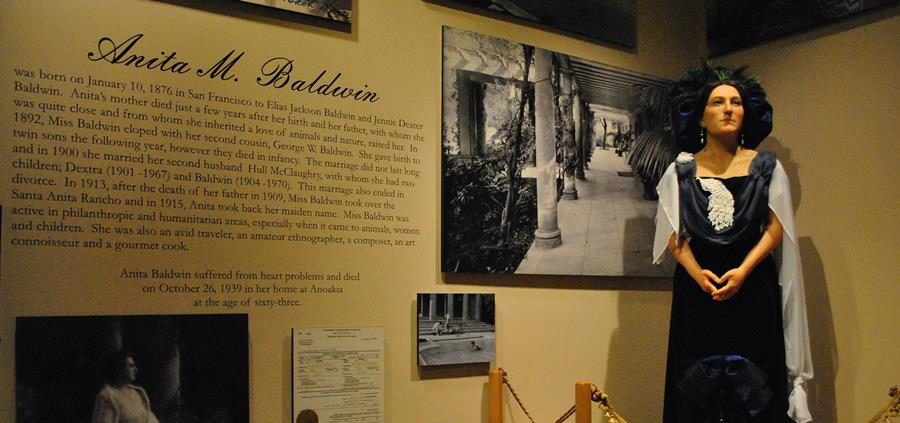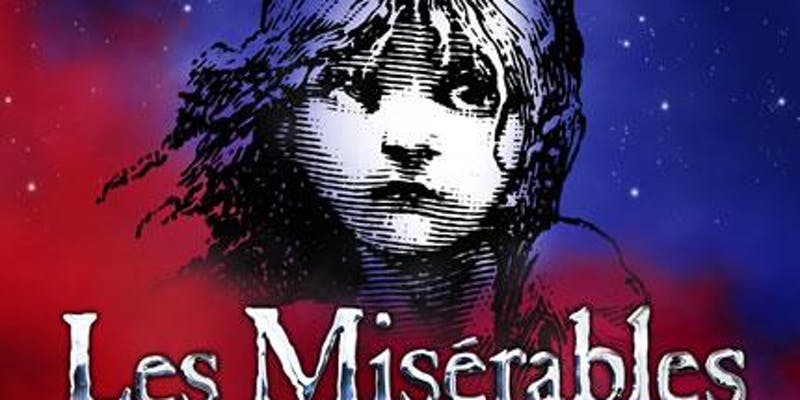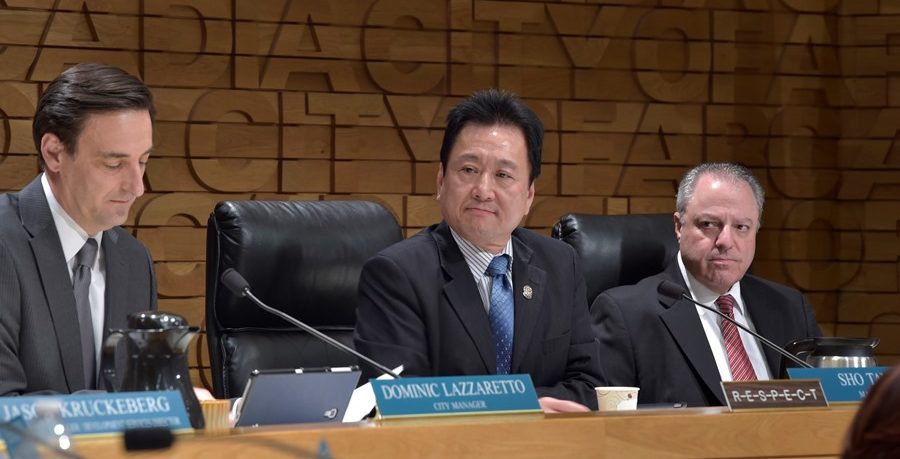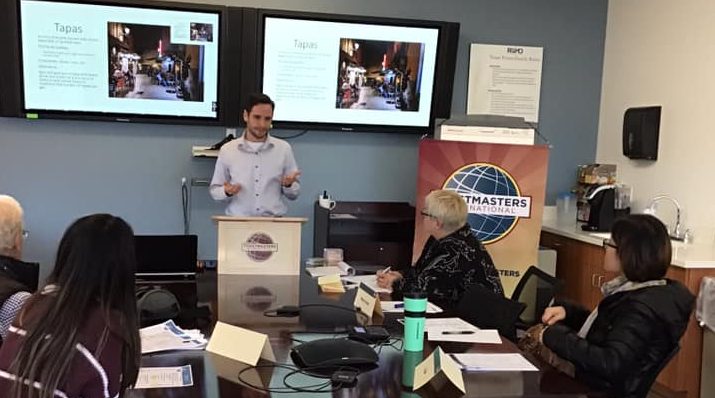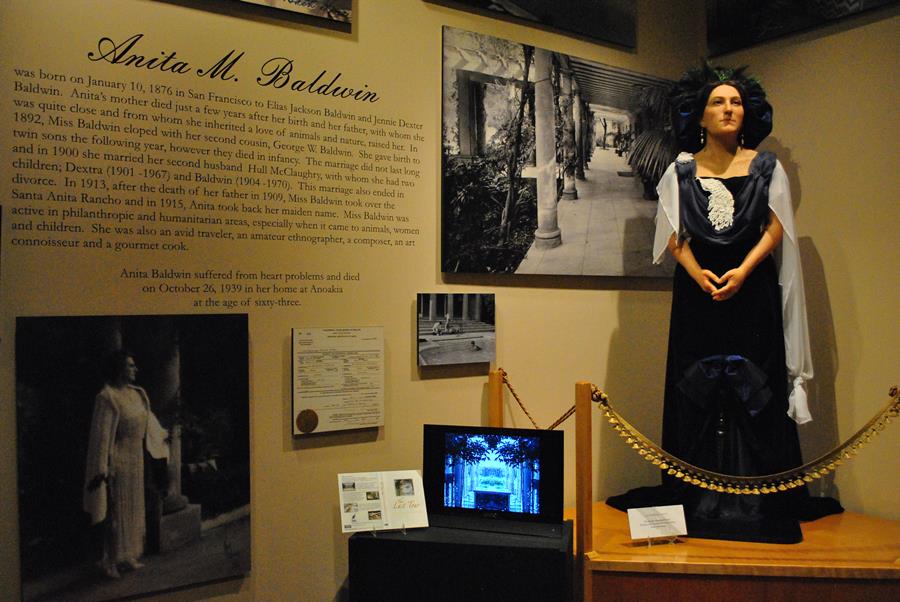
Part 6: The legacy.
By Galen Patterson
In some ways, Anita Baldwin left behind as much as her father. Whereas Lucky himself amassed a fortune, founded cities, participated in politics, had famous friends and a generally interesting life, Anita’s legend is also robust, but different.
Anita’s legacy stimulates the senses, and captivates the mind. She composed music, and played it at her parties to entertain her guests. She wrote a cookbook to please the stomach through taste, and to cause those fortunate enough to come across it to salivate with the smells. She built a local icon that people could gaze at and feel, thus stimulating sight and touch. She did all this and more.
She wrote poetry. She parented a locally famous bloodline. Her son Baldwin M. Baldwin would go off to fight as a pilot in World War II, and later sponsor a sailing race that is still around today.
Read More: The Fall of the House of Baldwin Part 1
Anita was anonymously generous as well, going as far as to open an entire facility for unemployed veterans from World War I in Los Angeles. Vets could go and find work, get a meal, get cleaned up and re-focused.
Anita protected trees on her property and fostered the early careers of artists, like Maynard Dixon.
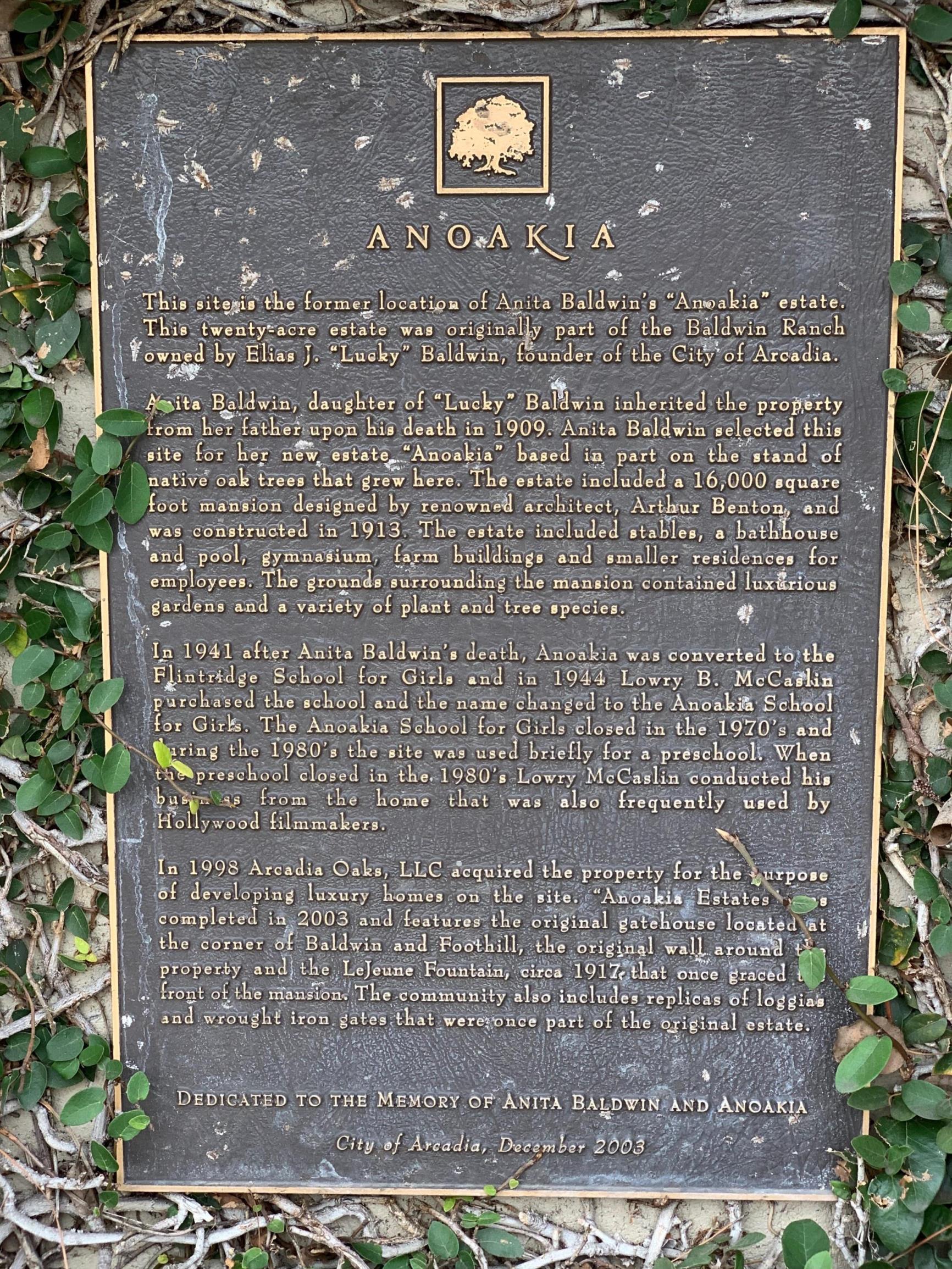
When Anita died in the late 1930s, she had left such a positive impact on the world, that many people mourned her loss. Arguably, more would have if they had known the kindness she may have shown them through other means. Her impact continued though, through education in her home and her bloodline.
When Anoakia was torn down in 1999, an icon was removed, and part of her legacy has been destroyed, but the Baldwin legacy is stronger than the mere destruction of a home.
Today, entire cities, smaller communities, large streets with highway exit signs, restaurant chains, and lakes share her name. She has a permanent exhibit at the Gilb Museum, across from Santa Anita.

To look at Anita’s legacy is to take a magnifying lens to the entire Baldwin legacy. She is part of a larger story, and though part of it may be lost, many reminders of founding family of Arcadia still remain across the San Gabriel Valley.

